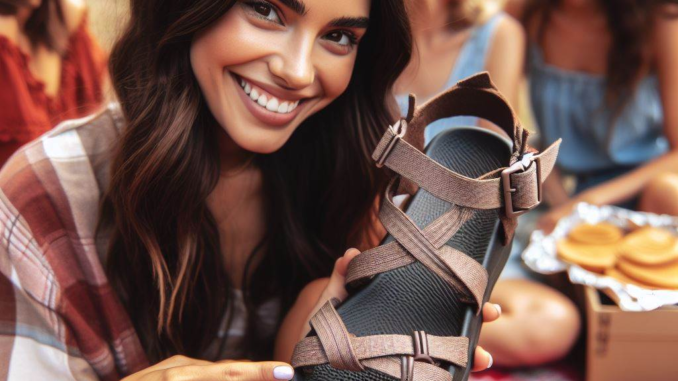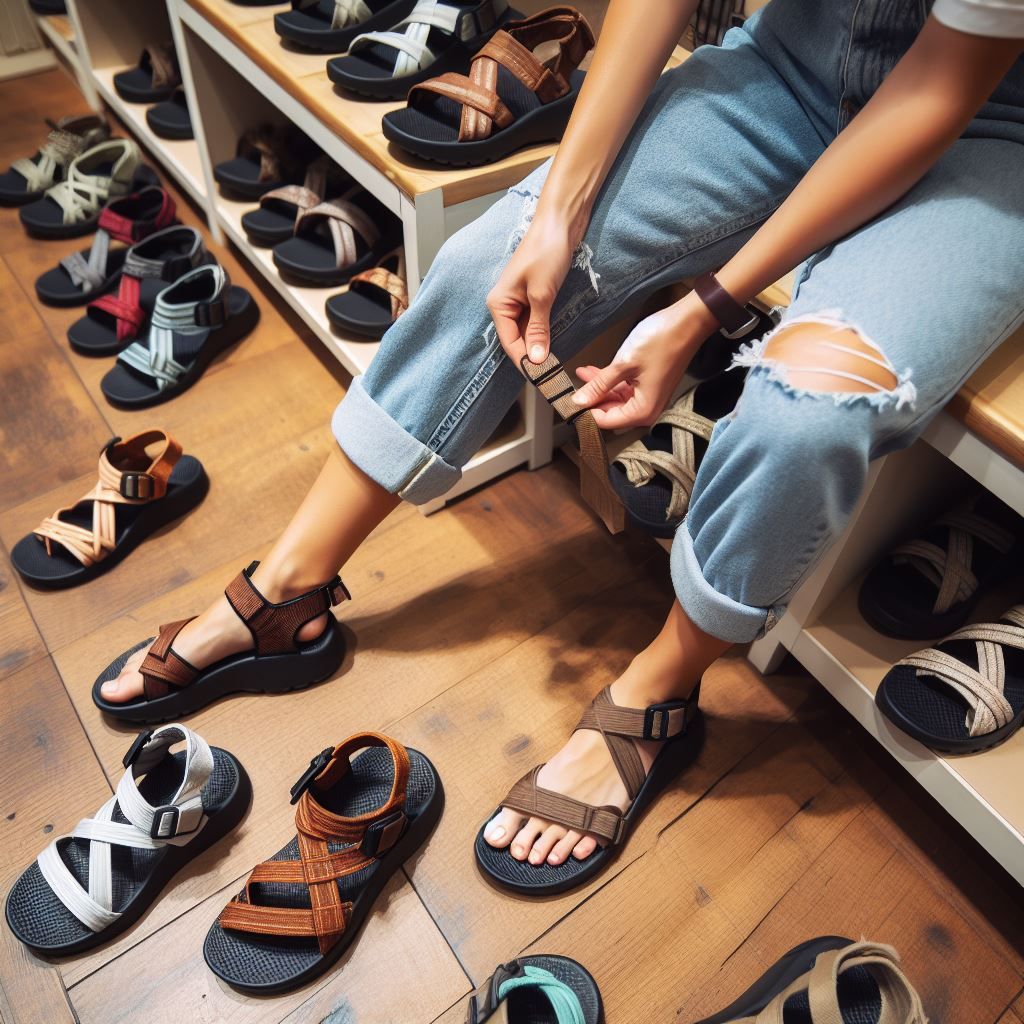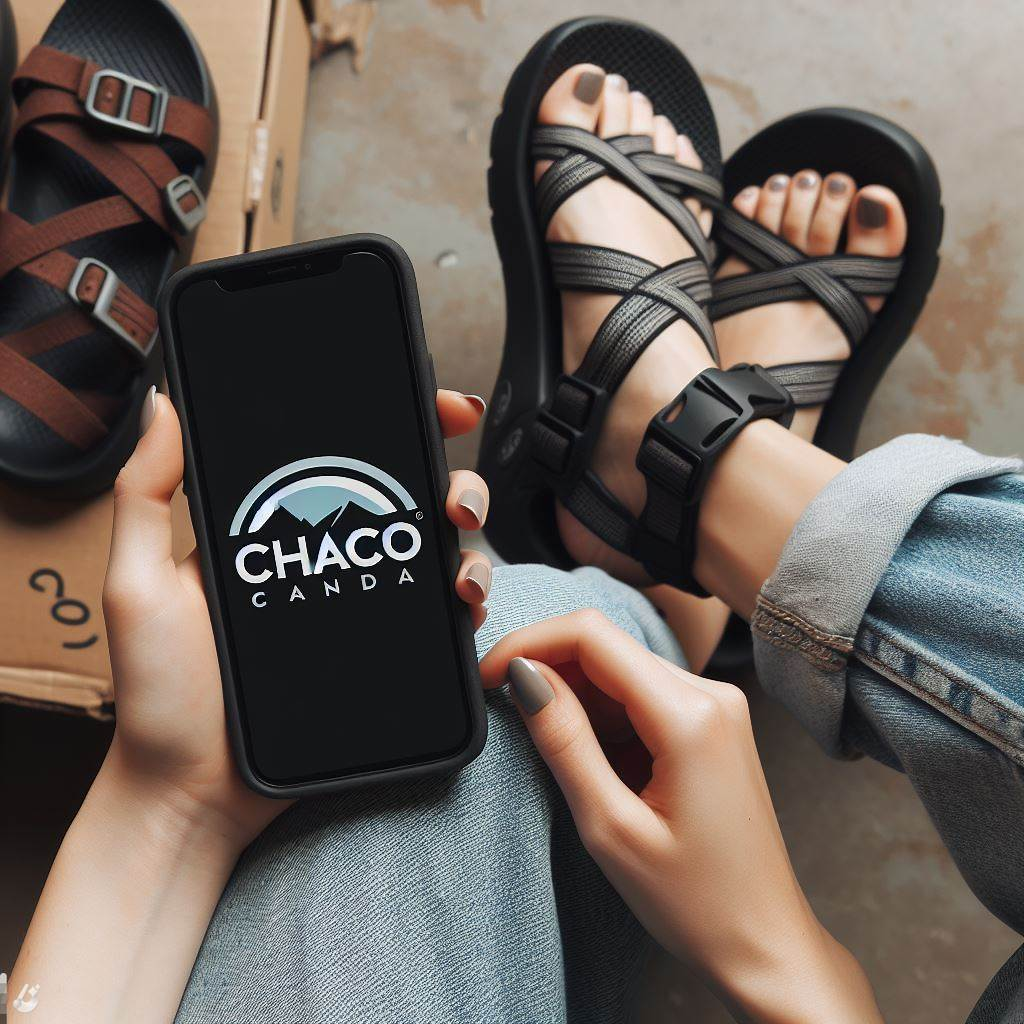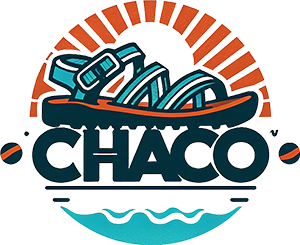
Should I get Chacos with a toe strap or not?
My friend recently asked me for advice about whether to get Chacos sandals with or without the toe strap. This is actually a common question for outdoor enthusiasts looking to up their hiking game! As someone who has put many miles on different types of Chacos over rough terrain, let me break it down for you.
Comparing the Two Main Chaco Styles
First, you need to understand the key differences between the main Chaco models – the Z1 and Z2. The Z1 is the classic open-toe design that pairs easily with socks. I’ve found they reduce irritation on my big toes during long hikes. The Z2 has an adjustable strap that goes over the big toe. This provides increased stability and control when navigating uneven trails, but you can also tuck the strap away if needed. Both offer pros and cons depending on your priorities.
Choosing Hiking Sandals: Factors to Consider

As my podiatrist friend likes to say: “Every foot tells a story.” So, when selecting hiking sandals, start by listening to your feet!
- Comfort is Key: If it doesn’t fit right out of the box, it’s probably not the sandal for you. Consider sizing, adjustable straps and breathability.
- The Scale Doesn’t Lie: Lightweight sandals reduce foot fatigue over long distances. But don’t sacrifice too much stability.
- Invest in Quality from the Ground Up: Durable materials like rugged Vibram soles can make a big difference in longevity.
- Versatility is a Virtue: The beauty of Chacos is transitioning from the trail to the lake to the brewery without switching shoes. Embrace the flexibility!
And a word to the wise about wildlife encounters – sandals offer less protection than boots if you’re worried about snakes or other hazards.
Getting the Perfect Fit For Your Foot Shape
One of the things I love about Chacos is customizing them by adjusting the straps. It really enhances the comfort and functionality once you get the right fit dialed in.
Going Strapless? No Problem
For the Z1 style, getting the ideal adjustment is simple. Just loosen the upper strap across your foot and the one around the big toe to find your personal sweet spot between secure and comfortable. I like to start loose, then slowly tighten from there.
Dealing with the Toe Strap
If you opt for the Z2 with the toe strap, it can take some finesse to get it just right. A little trick an REI employee taught me is to soak the straps in a water and fabric softener solution. This seems to help loosen them up for adjusting without compromising durability.
Why I Love Hiking in Chacos
For me, hiking in sandals is liberating! It allows my feet to breathe, I don’t worry about getting them wet, and I enjoy the connection to the trail beneath my feet. After logging many miles in my trusty Z1s, I can attest they pass the comfort test for most day hikes if broken in properly.
Potential Drawbacks to Consider
However, hiking in sandals does come with some tradeoffs. The lack of overhead protection does leave your feet exposed to stubs and minor injuries. They also require more break-in time upfront to prevent blisters compared to boots. And small rocks and debris can get caught in sandals, so periodic cleaning is a must!
The other consideration is that for backpacking longer distances with heavy packs, the lack of ankle support and the potential for strap irritation with sandals is something to think about. But some ultra-light backpackers make it work by wearing thick wool socks for extra cushioning. So, there are always workarounds if you get creative.
Factoring in Personal Preferences and Planned Activities
Here’s the thing – when deciding between sandals with or without a toe strap, there are so many variables to think through! Your personal priorities, foot shape, planned adventures and more. Let’s break it down.
Sensitivity Factors
If blister prevention is top of mind, having a foreign strap rubbing on your toe all day may not be ideal. The skin between the toes can be particularly sensitive! But for others, having that extra stability from the toe strap really enhances grip and confidence on rugged trails.
Activity-Specific Needs
Knowing ahead of time how you plan to use the sandals makes all the difference. If we’re talking serious water sports or hiking over rocky terrain, the Z2 style provides noticeably better control. But for casual exploration where airflow and socks are more important, going strapless with the Z1 may be the way to go.
Preparing Your Feet for Happy Trails
Before really hitting the trails or taking an extended trip in new sandals, be sure to take some short break-in hikes first. This helps avoid painful blisters by gradually allowing the straps to conform to your feet. Saving your toes will let you enjoy the walk rather than focus on your feet!
Caring for Your Chacos Over the Long Haul
Taking good care of any footwear is always important if you want it to last. For Chacos, I recommend periodically cleaning with gentle soap and water, avoiding extreme heat exposure when possible, and storing in a cool, dry place.
Quick Cleaning Tips
Here are my top 3 cleaning tips: 1) Spot scrub visible dirt after each wear with warm water, mild soap, and an old toothbrush; 2) For a deeper cleanse to remove odor, use antibacterial wipes on the straps and footbed; 3) Remove built-up debris around decorative rivets with a paperclip!
Eco-Friendly Options
For my fellow environmentalists out there, I’m happy to report that Chaco offers sustainability-focused collections made from recycled materials to reduce waste. Feel good about being kind to the planet!
The Moment of Truth!
At the end of the day, deciding between Chacos with or without a toe strap depends so much on YOU – your comfort preferences, how you plan to use them, and the shape of your distinct foot anatomy. My advice? Try on both styles at your local gear shop and see which feels best walking around. Let your feet guide you! With so many customization options, Chacos can work miracles once dialed in. Here’s to happy trails ahead!


Leave a Reply